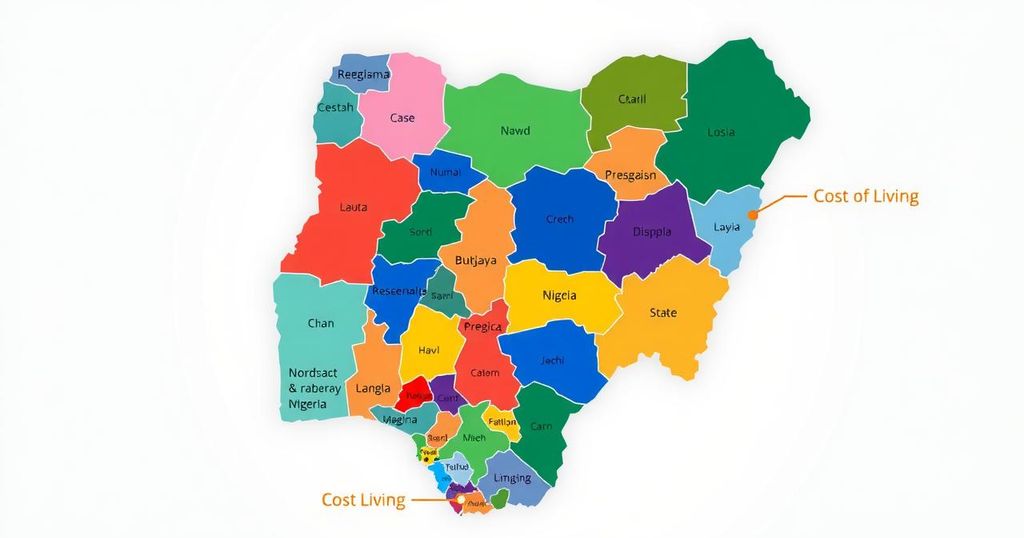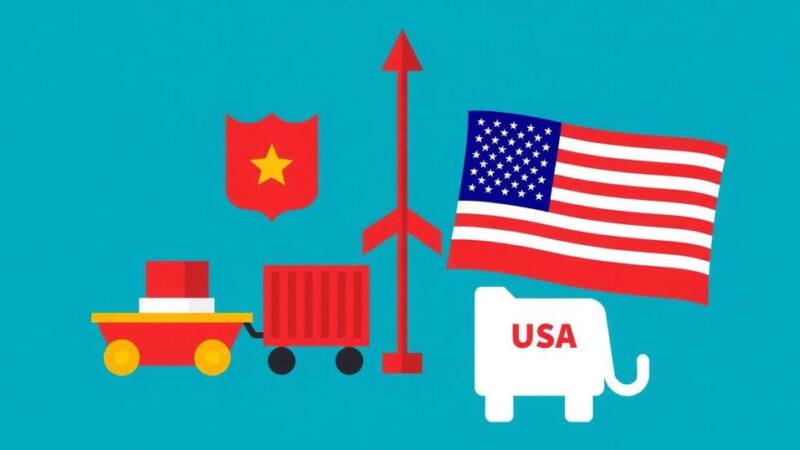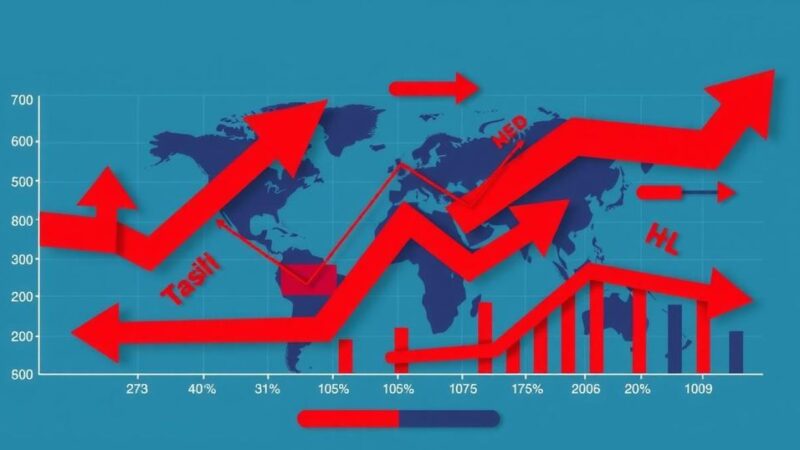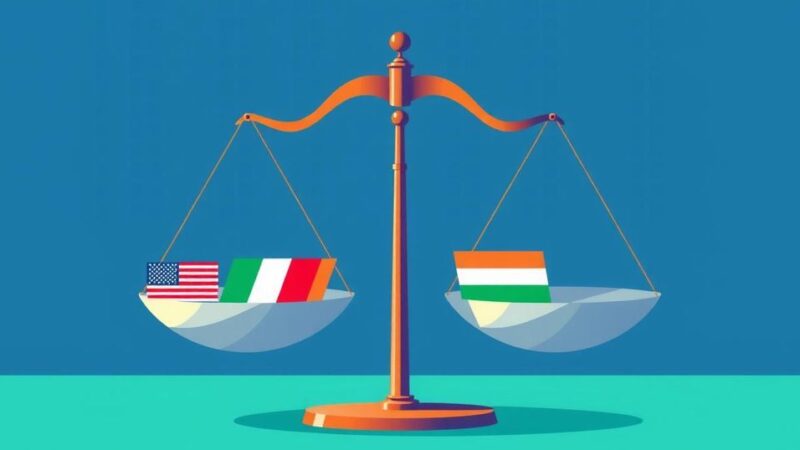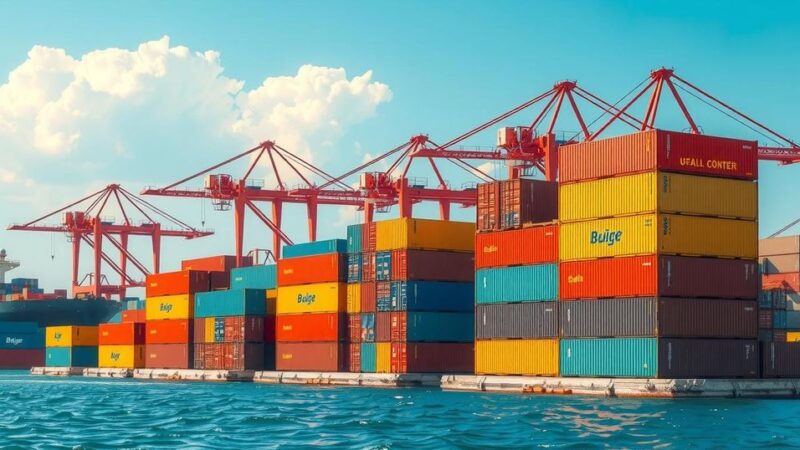In February 2025, Nigeria’s inflation rate decreased to 23.18%, with significant contributions from food and non-alcoholic beverages. The ten most expensive states outlined include Edo, Enugu, and Sokoto, each exhibiting high inflation rates predominantly driven by food prices. Overall, while inflation trends show improvement, certain states continue to face major cost challenges.
As of February 2025, Nigeria’s headline inflation rate has decreased to 23.18%, marking a positive trend in managing inflationary pressures. This figure indicates a 1.30% drop from January’s 24.48% and a substantial decline of 8.52 percentage points from February 2024’s 31.70%. The decline is attributed to easing food inflation and reduced cost pressures in certain consumer categories.
The National Bureau of Statistics (NBS) has reported that food and non-alcoholic beverages remain the leading contributors to inflation, accounting for 9.28% of the headline rate year-on-year. Other significant contributors include accommodation services, transport, housing utilities, and healthcare costs. Month-on-month, food prices were again the primary driver, contributing 0.82%, while accommodation and transport followed at 0.26% and 0.22%, respectively.
Urban inflation recorded 25.15%, reducing from 33.66% in February 2024, while rural inflation decreased to 19.89%. Monthly, urban inflation was at 2.40%, signifying ongoing price rises albeit at a reduced rate. Conversely, the rural areas indicated more stability, with a month-on-month increase of just 1.16%.
In February 2025, the food inflation rate reached 23.51%, a notable decline from 37.92% in the previous year. The NBS attributes this drop partly to base year adjustments. Month-on-month food inflation stood at 1.67%, indicating a slower rise. Key food items such as yam tubers and maize flour recorded price decreases.
Core inflation, excluding volatile food and energy prices, was reported at 23.01%, down from 25.13% the prior year. Month-on-month core inflation was 2.52%, suggesting moderate price increases in non-food and energy sectors.
The following outlines the ten states with the highest living costs in Nigeria as of February 2025:
1. Edo – 33.6%: Edo is currently the most expensive state with food inflation reaching 35.1%. Monthly food inflation increased by 10.3%, indicating significant cost increases.
2. Enugu – 30.7%: Enugu’s inflation rate stands at 30.7%, where food inflation registers at 31.6%. Month-on-month increases saw food prices rise by 4.0%.
3. Sokoto – 30.2%: Sokoto’s inflation rate of 30.2% is driven primarily by food inflation at a striking 38.3%, reflecting acute inflationary pressures.
4. Imo – 30.1%: With an inflation rate of 30.1%, Imo’s food inflation is at 29.0%. Month-on-month figures show a moderate increase in food costs.
5. Zamfara – 29.3%: Zamfara’s overall inflation rate is 29.3%, with food inflation at 28.2%. Monthly food inflation rose by 3.1%.
6. Abia – 29.2%: Abia’s inflation rate stands at 29.2%, significantly driven by a 31.9% increase in food prices.
7. Gombe – 26.5%: Gombe’s inflation rate is at 26.5% with food prices climbing by 28.5%, indicating continued cost pressures.
8. Ogun – 25.8%: Ogun recorded an inflation rate of 25.8%, with food prices up by 23.0% annually.
9. Nasarawa – 25.3%: With an inflation rate of 25.3%, food prices surged by 33.5%, contributing significantly to overall inflation.
10. Ebonyi – 25.1%: Ebonyi has an inflation rate of 25.1% and while food inflation is high at 28.1%, month-on-month prices showed minor increases.
In conclusion, Nigeria’s current inflation landscape reflects a complex interplay of various factors impacting the cost of living across states. The data reveals a noteworthy decline in the overall inflation rate, influenced largely by stabilizing food prices. However, certain states, such as Edo and Enugu, are experiencing significant inflationary pressures, particularly in food costs, highlighting regional disparities in living expenses.
Original Source: nairametrics.com
